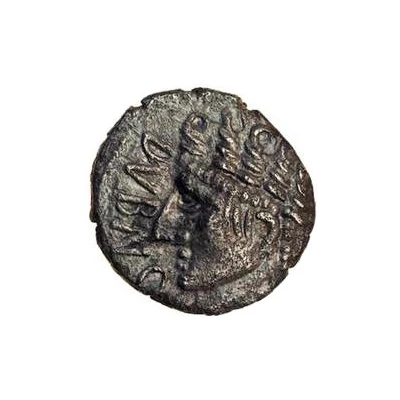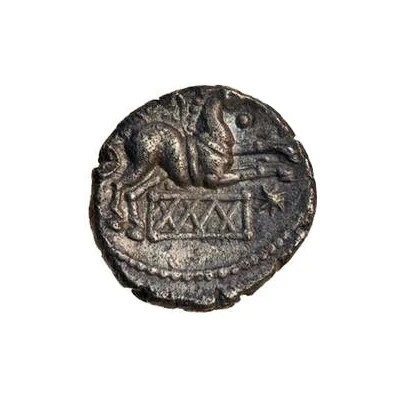


© Spink and Son
Silver Unit "Cantian J" - Dubnovellaunus 30 BC - 10 BC
| Silver | 0.96 g | 12 mm |
| Issuer | Trinovantes tribe (Celtic Britain) |
|---|---|
| King | Dubnovellaunus (circa 40-1 BC) |
| Type | Standard circulation coin |
| Years | 30 BC - 10 BC |
| Value | 1 Silver Unit (1⁄50) |
| Currency | Stater |
| Composition | Silver |
| Weight | 0.96 g |
| Diameter | 12 mm |
| Shape | Round (irregular) |
| Technique | Hammered |
| Demonetized | Yes |
| Updated | 2024-10-09 |
| Numista | N#120620 |
|---|---|
| Rarity index | 100% |
Reverse
Winged horse (Pegasus) right, lattice box and star below.
Comment
Trinovantes and Catuvellauni, Dubnovellaunus in Kent, (c.30 - c.10 BC), 'Pegasus' type; BMC 2443-44Interesting fact
One interesting fact about the "Cantian J" coin is that it features a unique combination of Celtic and Roman influences in its design. The obverse (front) side of the coin depicts a stylized horse, which was a common motif in Celtic art, while the reverse (back) side features a stylized Roman imperial eagle, indicating the coin's connection to the Roman Empire. This blending of styles reflects the cultural exchange and fusion that occurred during the Roman occupation of Celtic Britain.